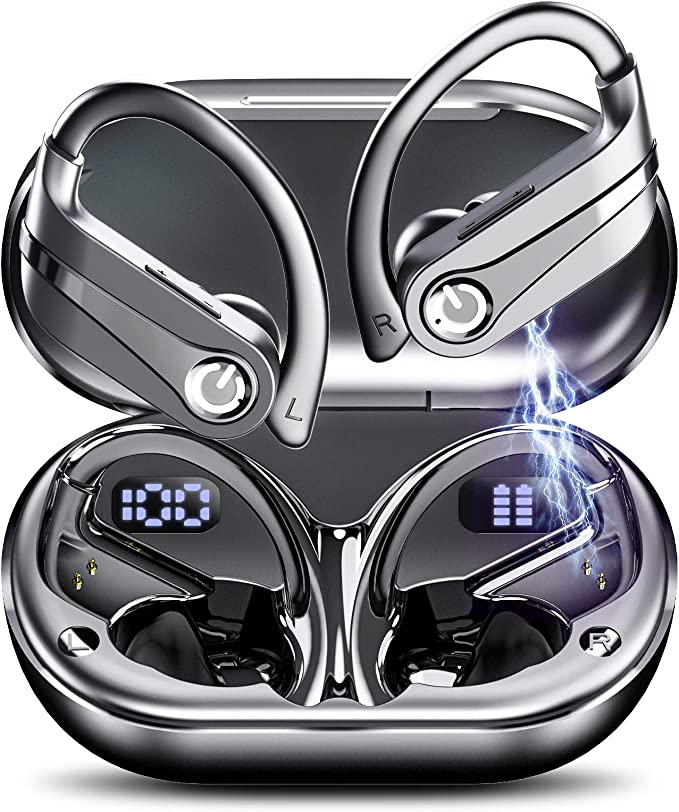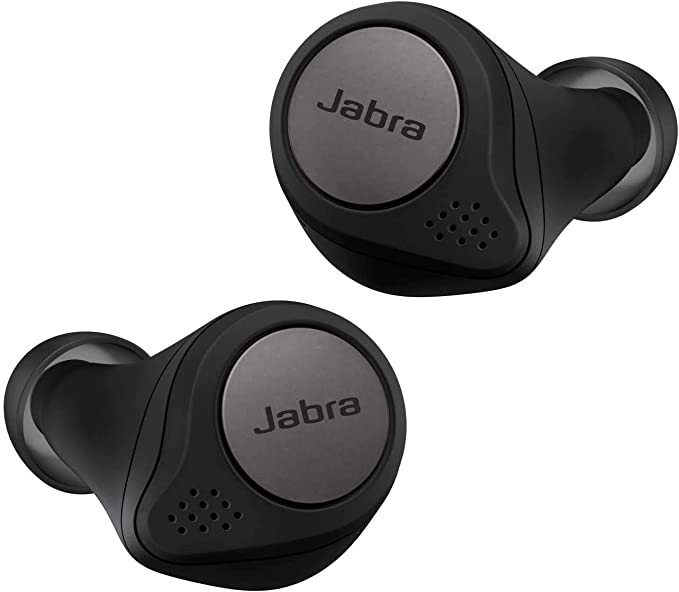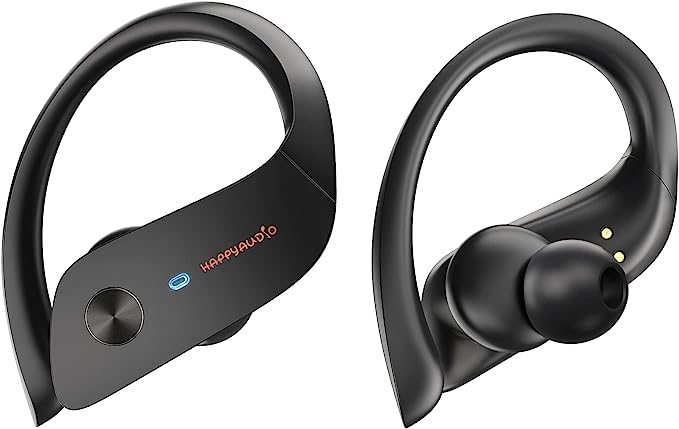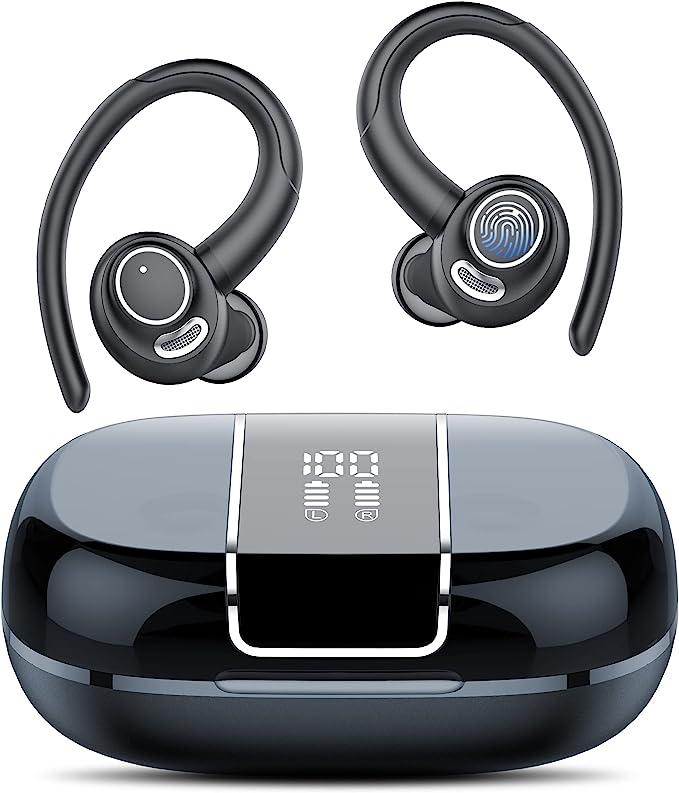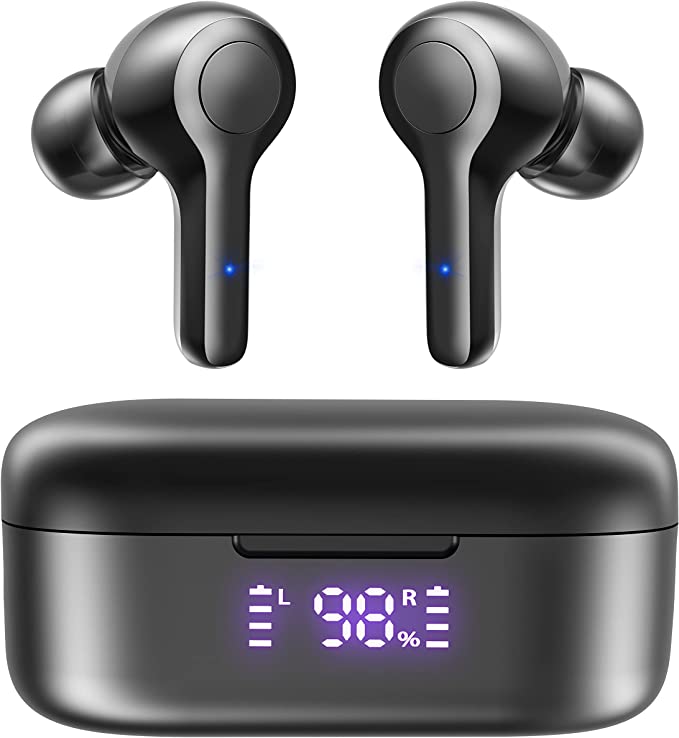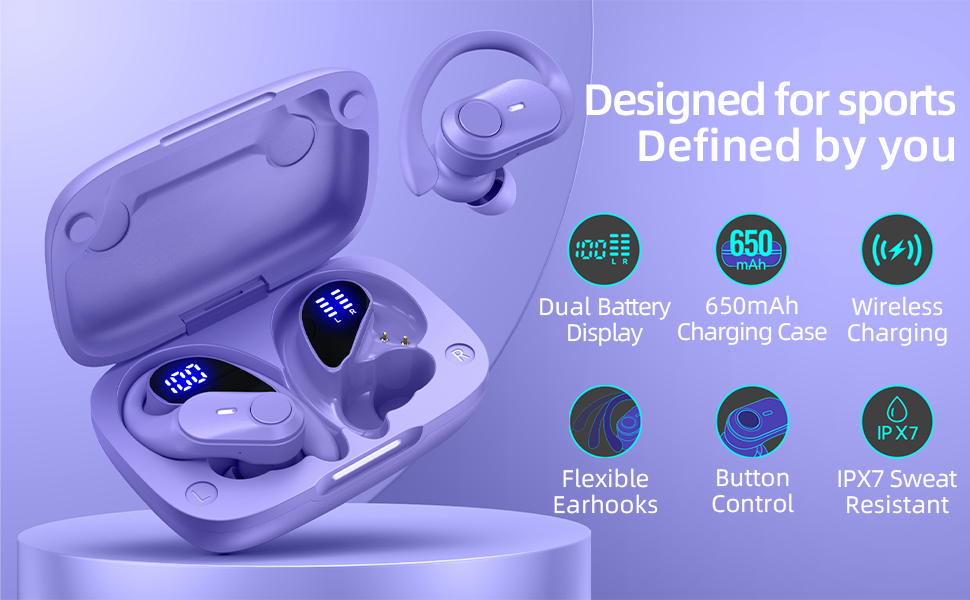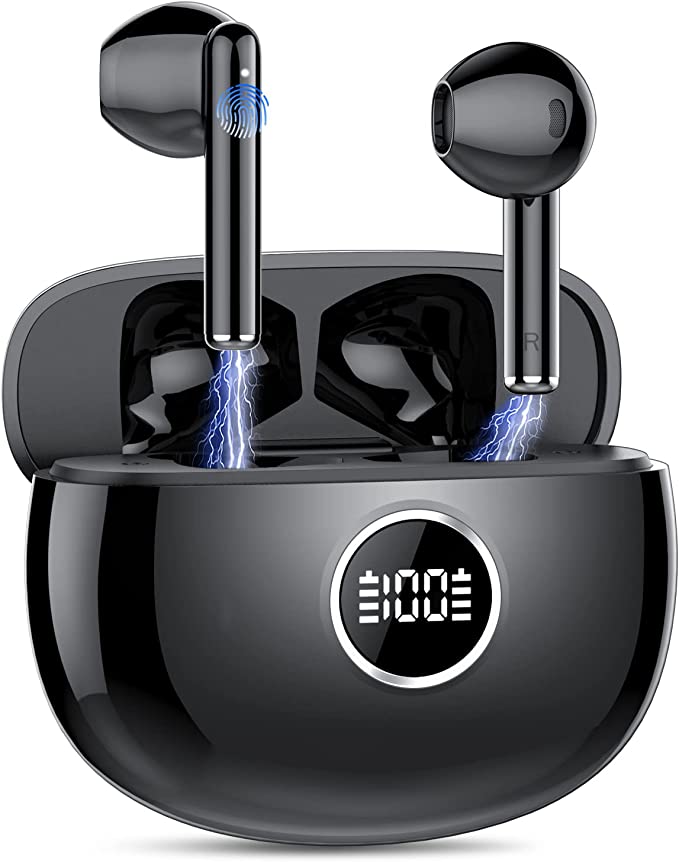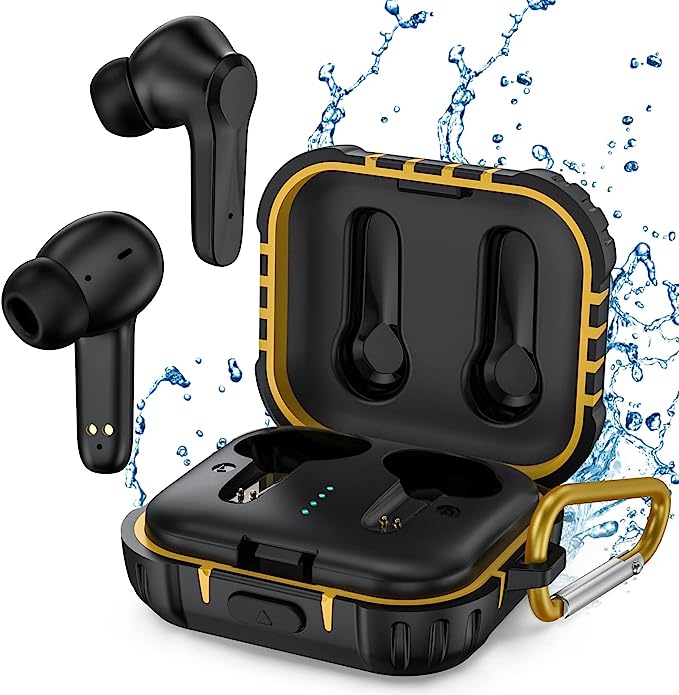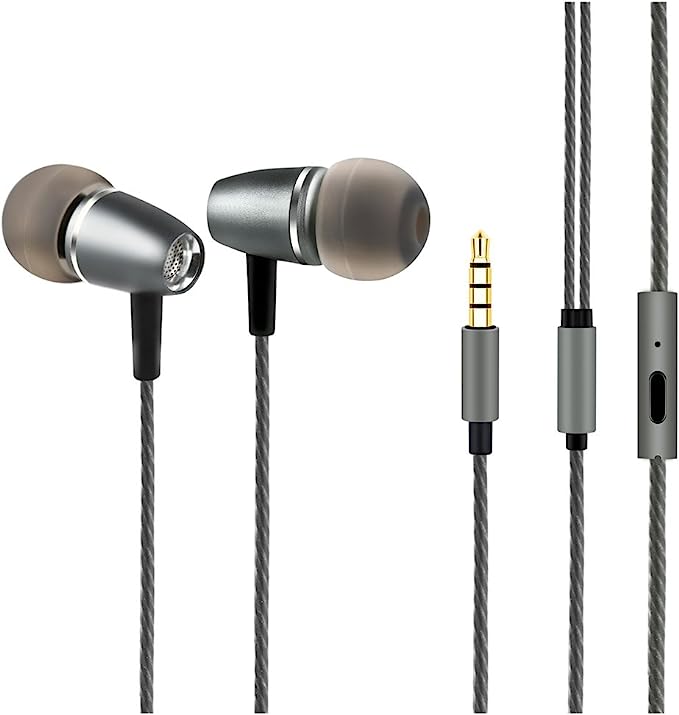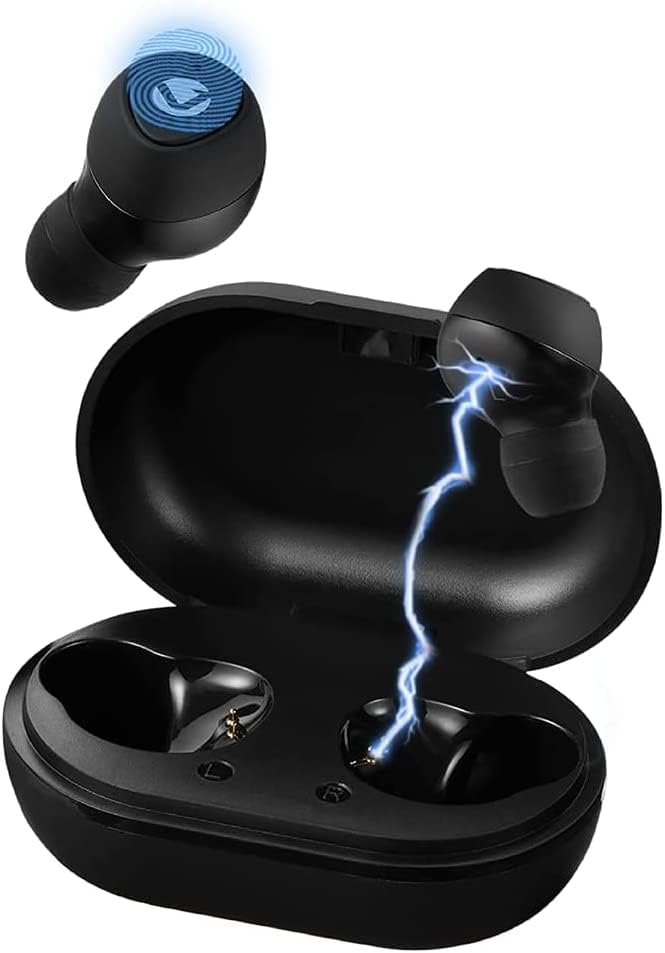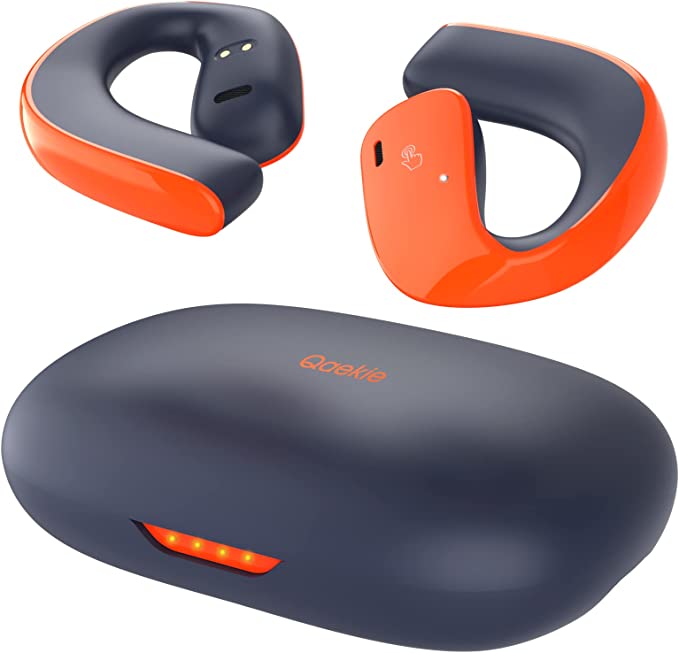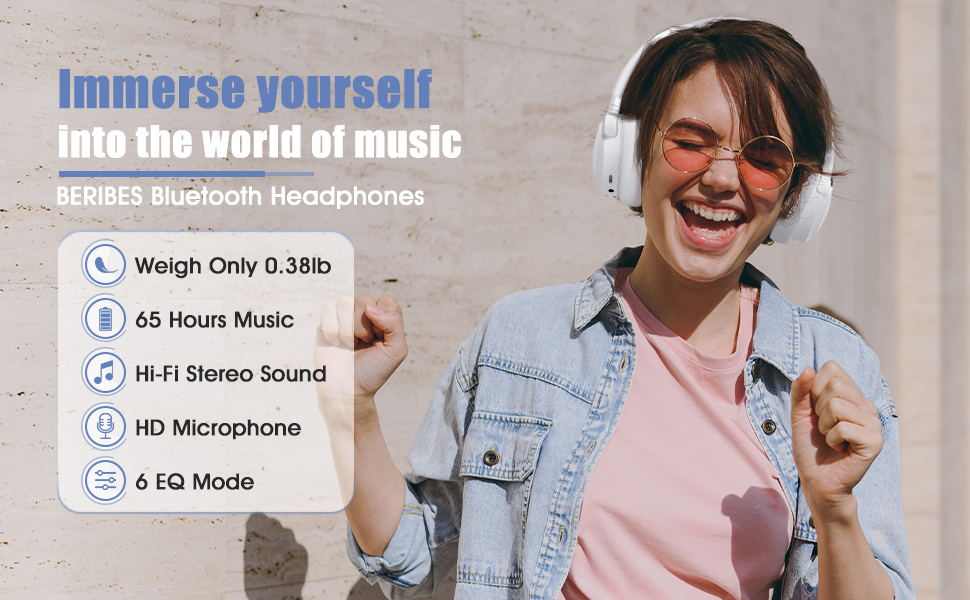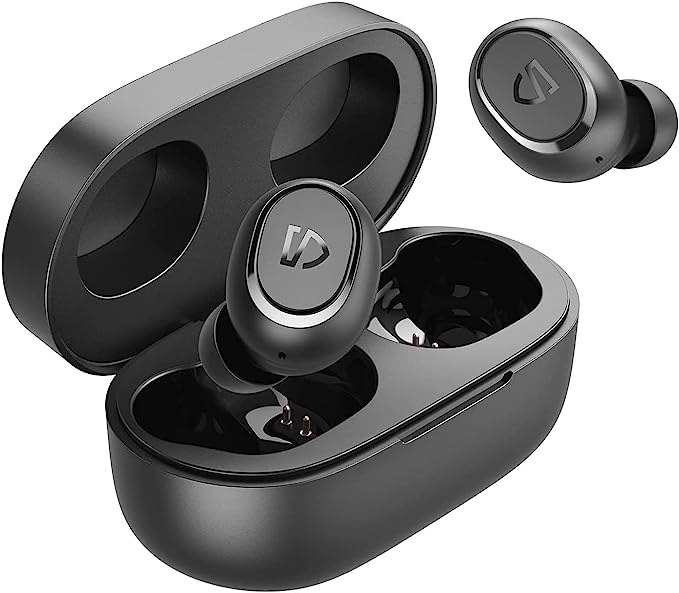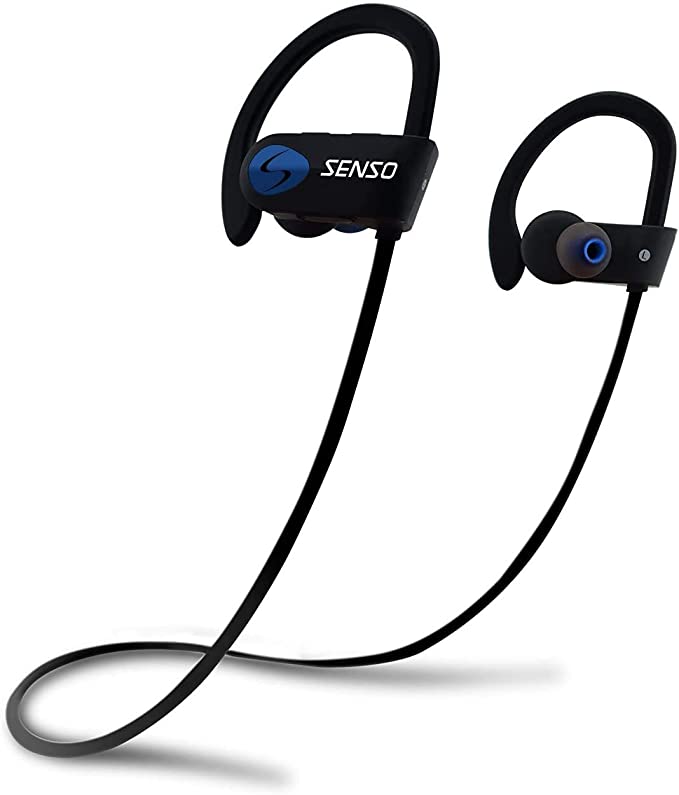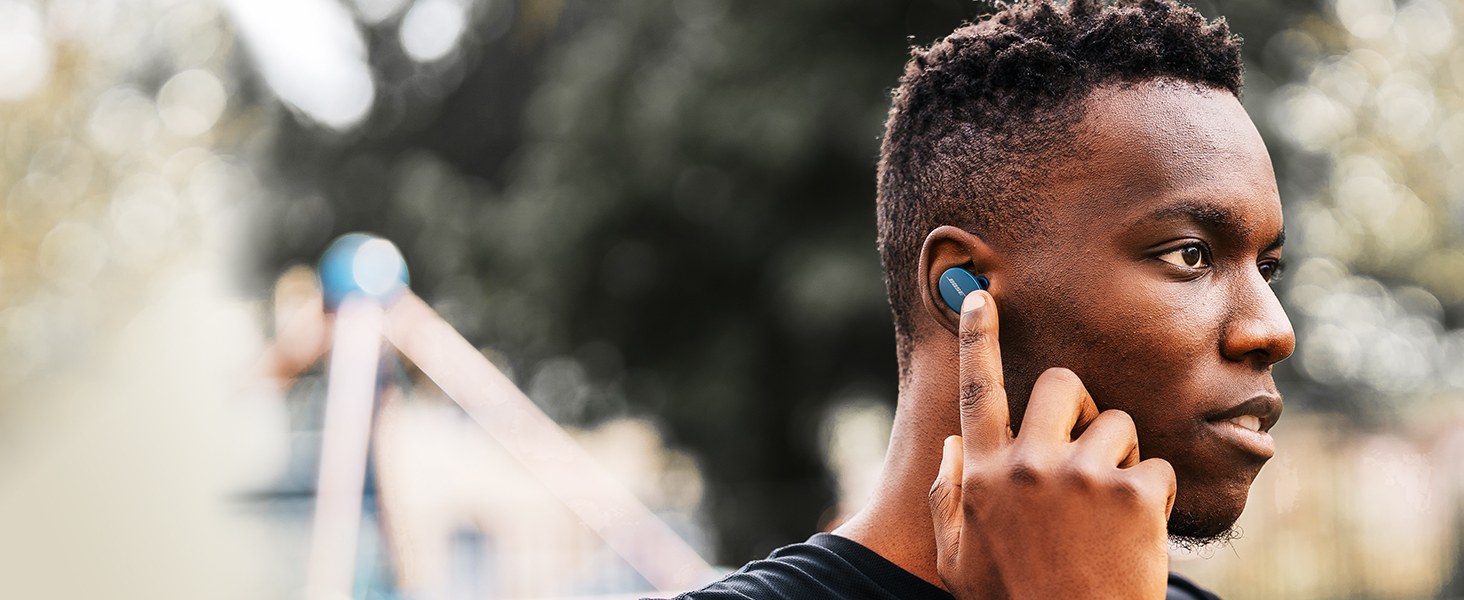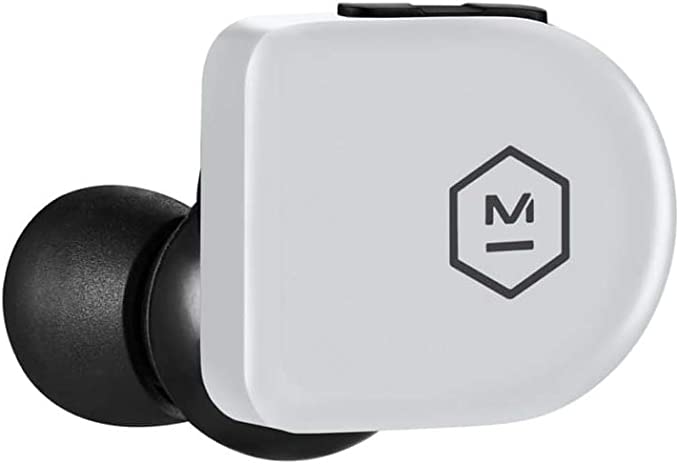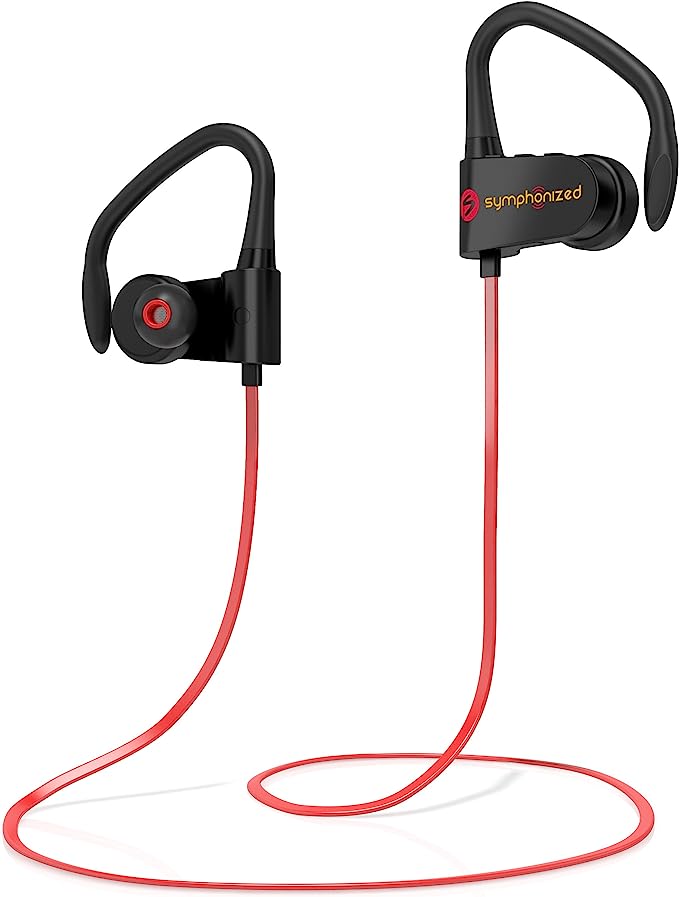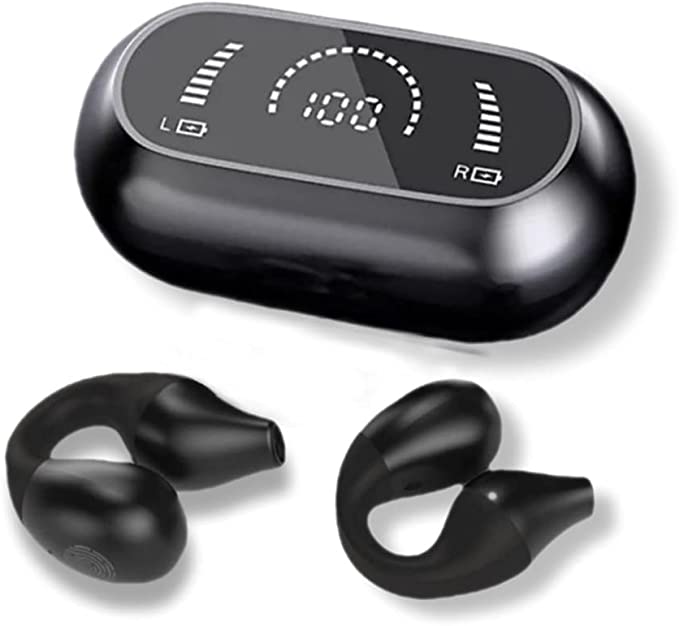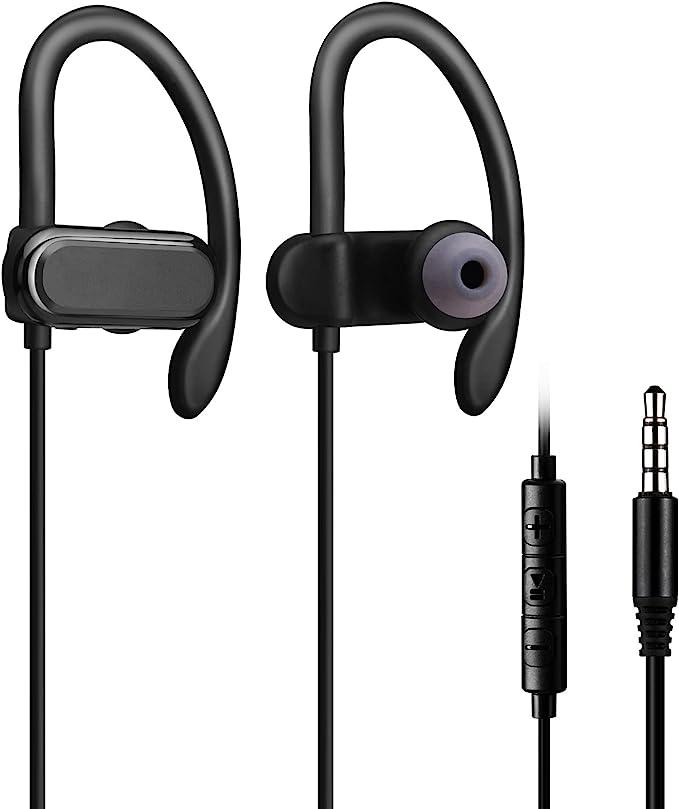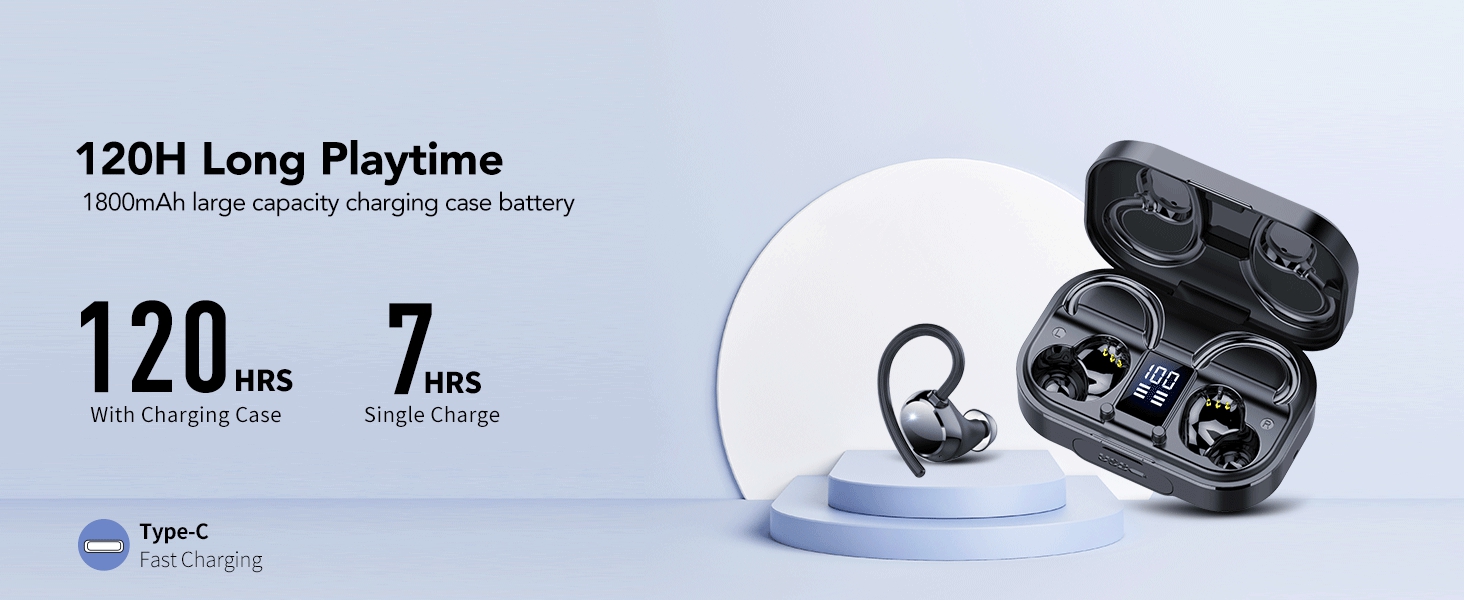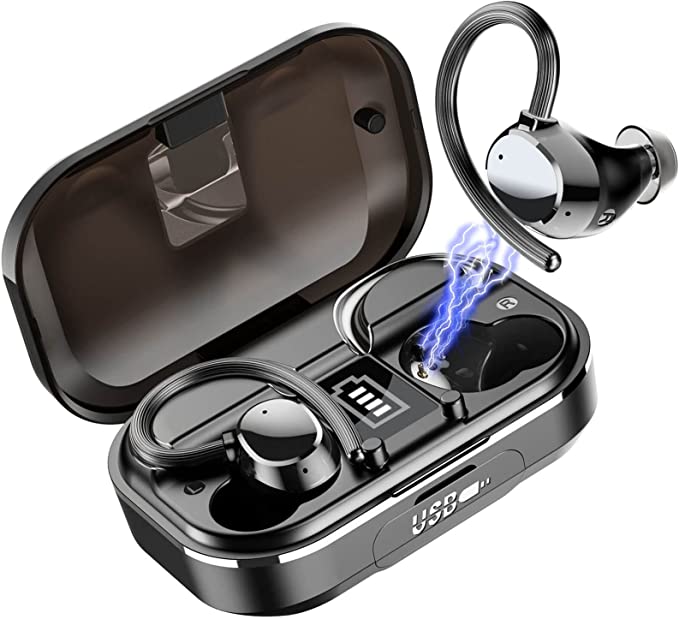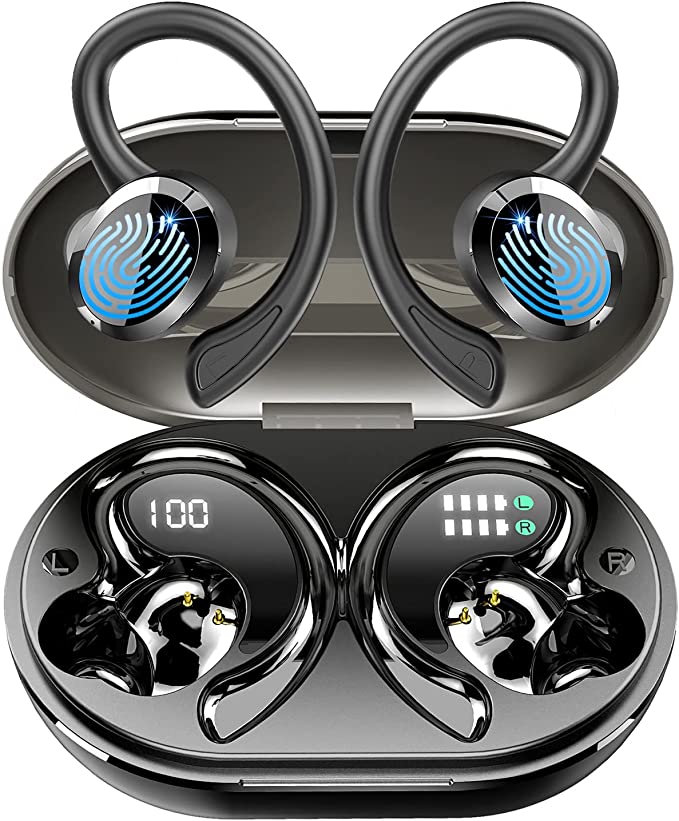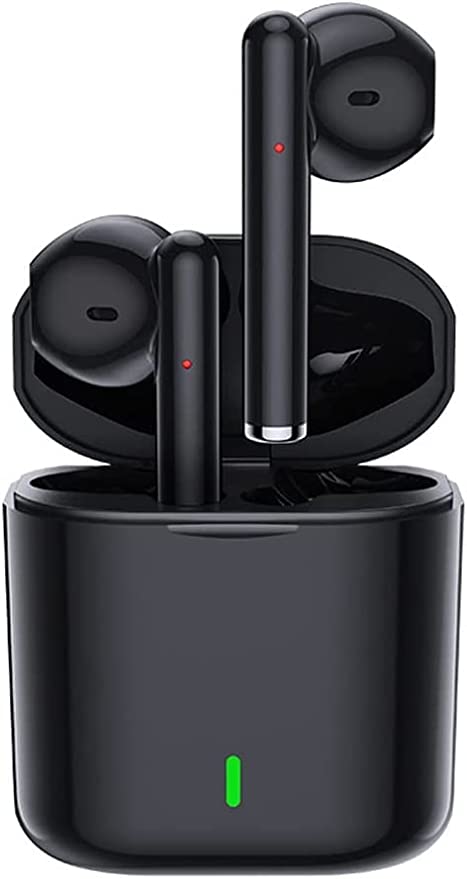WISELION Wireless Earbuds: A Top Pick for Sports and Workouts
Update on July 2, 2025, 12:01 p.m.
Cast your mind back to the dawn of personal audio, to the satisfying click of a cassette tape slotting into a Sony Walkman. For the first time in history, your personal soundtrack was portable. It was a revolution, but one tethered by a frustratingly tangled cord—a physical leash dictating your every move. We craved musical freedom, but we were literally tied to our devices.
Fast forward to today. The wires have vanished, but for anyone who finds their rhythm in a run or their focus in a workout, a new set of invisible tyrants has emerged. There’s the relentless assault of sweat, an electronic’s natural enemy. There’s the unforgiving pull of gravity, eager to yank an earbud from its perch mid-stride. And there’s the ever-present anxiety of a dying battery, threatening to silence your motivation at the final, most crucial mile. The quest for true auditory freedom, it seems, required more than just cutting the cord. It demanded a new kind of engineering.

An Invisible Shield Against the Elements
Every athlete knows that sweat is corrosive. Its salty, acidic nature is death to the delicate circuits of modern electronics. For years, this meant a grim choice: risk your expensive headphones or work out in silence. The solution came not in the form of a better case, but as a universal standard of resilience, a silent promise designated by four simple characters: IPX7.
This code isn’t a marketing slogan; it’s a certified rating from the International Electrotechnical Commission (IEC), a global body that creates the rulebook for electronics. In the IP (Ingress Protection) code, ‘X’ means it hasn’t been rated for dust, but the ‘7’ is a declaration of war against water. It certifies that a device can survive being fully submerged in up to a meter of water for 30 minutes without harm.
Think of it less as “water-resistance” and more as a bespoke, invisible wetsuit, meticulously engineered for the device’s internals. Every seam, every seal, every opening has been designed to repel moisture under pressure. An IPX7 rating means that the device doesn’t just tolerate a splash of rain; it’s built to withstand a deluge. It grants you the freedom to push your body to its limits, confident that your gear is shielded by a standard forged in the world’s most rigorous labs.

Cutting the Unseen Cord, Intelligently
The disappearance of wires was a profound liberation, made possible by the quiet magic of Bluetooth. The technology’s name, famously borrowed from the 10th-century Viking king Harald “Bluetooth” Gormsson who united a fractured Denmark, was chosen to symbolize its mission: to unite disparate devices. And with Bluetooth 5.0, that union became stronger and smarter than ever before.
To call it a simple wireless connection is an understatement. It’s more like an incredibly deft air-traffic controller, managing a complex aerial ballet. Your phone and earbuds are in constant conversation, and this conversation happens across a crowded sky of Wi-Fi signals, microwave ovens, and other Bluetooth devices. To avoid a collision—what we experience as a stutter or dropout—Bluetooth 5.0 uses a brilliant technique called Frequency-Hopping Spread Spectrum (FHSS). It slices its communication band into dozens of small channels and hops between them up to 1600 times every second, constantly seeking a clear path. This isn’t just a brute-force signal; it’s an intelligent, adaptive dance that ensures your music remains a stable, unbroken stream, giving you the freedom to move without a second thought for the invisible thread that connects you to your sound.

The Fuel for Your Auditory Engine
Freedom, however, requires energy. The final barrier to uninhibited listening is battery life. Here, the solution is a miniature ecosystem of power. The charging case acts as a mothership, a pocket-sized power bank whose Lithium-Ion cells refuel the earbuds, or scout craft, for their next mission. This simple design frees you from the daily ritual of plugging in, extending your autonomy for days at a time.

But what does that power drive? It drives the heart of the sound: the 11mm dynamic driver. To understand why its size matters, let’s turn to basic physics. Sound is simply moving air. A driver is a tiny speaker that vibrates to create these movements. Imagine the difference between tapping a small hand drum versus striking a massive bass drum. The larger surface of the bass drum moves a far greater volume of air, creating a deeper, more powerful, and resonant wave.
Similarly, a larger 11mm driver in an earbud is physically capable of pushing more air than a smaller one. This translates directly into a richer, more pronounced low-frequency response—the punchy, driving bass that can feel like a jolt of pure energy, the very auditory fuel that powers your cadence and pushes you through the wall of fatigue. It’s an engineering choice that prioritizes the visceral, rhythmic power that is so crucial to the athletic experience.

A Symphony of Purpose-Built Design
These technologies do not exist in isolation. They are woven together with physical design choices to create a single, cohesive tool. The soft earhooks are not mere accessories; they are ergonomic cantilevers, using the shape of your ear as a natural anchor to defy gravity. The semi-open, half-in-ear design is a deliberate acoustic compromise, delivering that powerful bass while still allowing a degree of ambient sound to filter through—a critical safety feature for outdoor runners.

This is what happens when engineering transcends a list of specifications. It becomes a holistic philosophy. The WISELION earbuds, like so many well-designed pieces of modern technology, are a testament to this approach. They are a snapshot of our relentless human quest to overcome physical limitations, showcasing how we marshal the laws of physics, chemistry, and communication to grant ourselves a little more freedom. The journey that began with a tethered Walkman continues, and as we look ahead, we have to wonder: what new freedoms will our technology grant us next?
